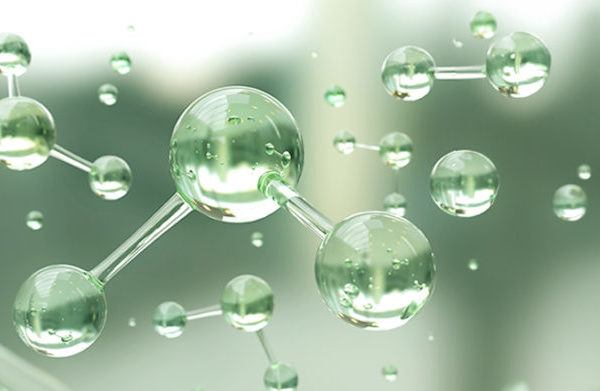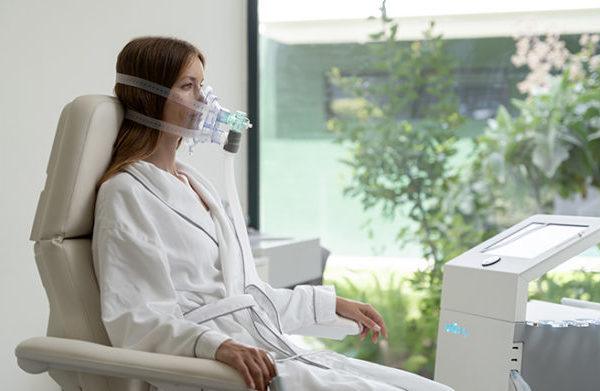
SHA Magazine Health & Beauty
Antioxidant diet to prevent photo-ageing
Experts estimate that 80% of the signs of ageing (noticeable wrinkles, spots, loss of elasticity and firmness, uneven skin tone) are caused by exposure to the sun. When ultraviolet radiation reaches the deepest layers of the skin, there is an increase in the production of free radicals, which are responsible for so-called oxidative stress.
As Marina Domene, nutritionist at SHA Wellness Clinic tells us, “these molecules have a fairly high chemical reactivity, which causes skin deterioration. But it is important to understand that free radicals are not bad in themselves. In fact, the body generates them naturally, for example, when we get energy from sport. They are also the first line of defence when the body detects a virus or when we get injured.”
However, not all free radicals are the same, nor do they perform the same function. “The ones we should avoid are the exogenous ones, such as those caused by tobacco, alcohol, hydrocarbons from pollution or excessive sun exposure without adequate photoprotection. The main problem is when there is an imbalance between the production and elimination of these radicals”, Marina adds.
Antioxidants are responsible for inhibiting the endogenous production of free radicals and repairing the damage they cause. The doctor explains: “the free radical is like a thief and the antioxidant, the police, captures it, imprisons it and prevents it from causing damage to our system”. Although the human body manufactures antioxidants naturally, such as glutathione, the most powerful of them all, we can also obtain them through food.
Antioxidant foods
A diet rich in fresh fruit and vegetables and avoiding processed foods is the key to preventing and repairing damage caused by prolonged exposure to the sun. Here are the most powerful antioxidants and where to find them.
- Vitamin E: Tocopherols prevent damage to the cell membrane of fat, brain and skin tissue and can be found in hazelnuts, almonds and olive oil.
- Vitamin C: Ascorbic acid prevents the formation of carcinogenic nitrosamines, prevents oxidation of LDL cholesterol and DNA damage and reduces the formation of spots and wrinkles. Sources of vitamin C are fresh, raw vegetables and fruits, especially citrus fruits, currants, spinach, parsley and cabbage.
- Vitamin A: has a protective effect on the epithelia of the skin and mucous membranes. It is found in plant foods in the form of provitamin A, i.e. carotene. The most prominent carotenoids include beta-carotene, found in carrots, sweet potatoes and melon; lycopene, found in watermelon and grapefruit; and lutein and zeaxanthin, which prevent deterioration in the eyes and are present in green leafy vegetables such as chard, peas, leeks and broccoli.
- Polyphenols: provide cardiovascular protection and prevent skin ageing. You will find them in berries, green tea, kukicha tea and miso.
- Lipoic acid: regenerates the antioxidants present in food. You will find it in flax seeds.
- Minerals: copper, zinc, magnesium, selenium and iron act as chelators, i.e. they prevent the body from absorbing very heavy metals, which are precursors of free radicals. They are present in legumes such as lentils and chickpeas.





